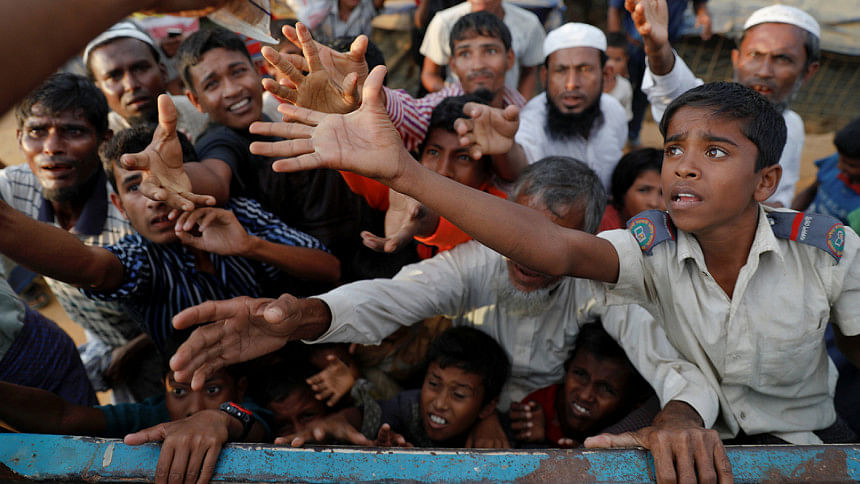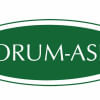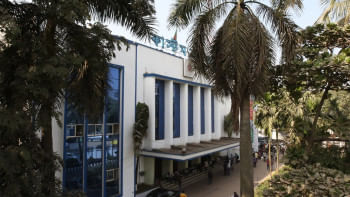Rohingya Refugees: UN worried over safety

The UNHCR has said it is increasingly worried about the deterioration of the overall environment in which Rohingya refugees are living, facing a multitude of protection risks.
Babar Baloch, spokesperson for the UN Refugee Agency, said it would start distributing around 200,000 items of clothing tomorrow to help the refugees in Bangladesh prepare for cooler weeks and months ahead.
He was speaking at a press briefing at the Palais des Nations in Geneva yesterday.
The temperatures will soon decline in southern Bangladesh; the average low for January is 15 degrees Celsius. The lack of adequate clothing and shelter insulation makes refugees vulnerable to even modest declines in temperatures, especially at night, he said.
According to the spokesperson, children, who are 55 percent of the Rohingya refugee population, are particularly vulnerable. “So are the women and they represent more than half of all refugees in Bangladesh.”
An estimated 10 percent are either specially abled, have serious medical conditions or are older persons at risk.
Around 650,000 Rohingya refugees have fled Myanmar for Cox's Bazar, Bangladesh, since late August. At present, a steady but smaller number of refugees continue to cross from Myanmar. Currently some 100 a day are entering Bangladesh, Babar told journalists.
He said the UNHCR had been working to bolster the quality of shelters in the camps by supplying high quality materials as well as expanding technical support for construction and drainage.
According to him, the agency last month distributed over 15,000 new shelter kits, one-third of the 45,000 targeted in the second phase of its shelter strategy. The full shelter kit includes bamboo poles, ropes, plastic ties, tools and tarpaulins.
Some families, notably female-headed households with small children, were receiving extra assistance to carry the kits and set up their shelters.
The UNHCR has also distributed more than 40,000 core relief items over the last 30 days alone. The items include blankets, kitchen sets, solar lights, plastic sheets, mosquito nets and jerry cans.
Another two massive airlifts arrived in Bangladesh last week carrying 26,500 kitchen sets, some 15,000 solar lamps and five pre-fabricated warehouses. Since the beginning of the crisis, the UNHCR has organised 17 airlifts, bring more than 2,100 tonnes of aid relief items, worth over $9 million. Additional aid was shipped by sea in three consignments.
The UNHCR also began distributing cooking fuel in the form of compressed rice husks (CRH). Last week, the UNHCR and its partners distributed the husks to over 18,000 families in Kutupalong and Nayapara settlements. Each refugee household receives 19 kg of the fuel.
The husks have been supplied as a replacement to firewood for cooking. Refugees have been sending youngsters into adjacent forests to gather wood, which puts the children at risk and has been degrading the environment by stripping back swathes of woodland every day. The UNHCR will continue these distributions and plans to supply 85,000 families by the end of the year.
Meanwhile, the UNHCR turned part of its Transit Centre in Kutupalong into a treatment and isolation facility in its immediate response to reported diphtheria outbreak in Cox's Bazar. The centre currently accommodates 375 patients managed by Médecins Sans Frontières.
Alongside the WHO and the Unicef, the UNHCR is supporting the diphtheria vaccination campaign by Bangladeshi health authorities for all children under six.
The UN agency was also procuring antibiotics to treat 8,000 people and training refugee volunteers to disseminate information on diphtheria, detect symptoms of the disease and direct patients to health facilities.

 For all latest news, follow The Daily Star's Google News channel.
For all latest news, follow The Daily Star's Google News channel. 








Comments